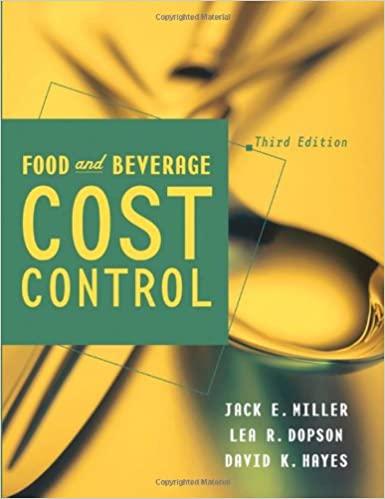. X Full match: The employer fully matches an employee's contribution to the 401(k) account up to an amount set by law. For illustrative purposes, an employee earning $50,000 annually contributes $2,000 to her 401(k). Then, the company's matching contribution equals $2,000. Fixed dollar match: The employer deposits $1 for every $1 the employee contributes up to a specified limit, for instance, 5 percent of pay. One employee contributes 3 percent of her $100,000 pay equaling $3,000: (3 percent x $100,000). The employer contributes the same amount. Another employee contributes 10 percent of his $100,000 pay equaling $10,000: (10 percent x $100,000). In this case, the company deposits $5,000: (5 percent x $100,000) because the plan specifies a 5 percent matching contribution maximum. Variable dollar match: The employer's contribution decreases as an employee's contribution increases. For example, an employer might deposit $1 for every $1 on the first 3 percent of pay contributed by the employee, and 50 cents per dollar on the next 3 percent of pay. An employee who earns $100,000 annually contributes 6 percent to the 401(k) plan, equaling $6,000: (6 percent x $100,000). The employer contributes a total of $4,500: [($1 (3 percent $100,000))+ ($0.50 x (3 percent x $100,000))]. Variable dollar match: $1 per each $1 employee contribution on the first 2 percent of pay and 75 cents per $1 employee contribution for the next 3 percent of pay. What is the employer's contribution for (a) Amanda, (b) Shiyu, and (c) Onkar? What is the total contribution (employee's contribution plus employer's contribution) to each employee's 401(k) account: (d) Amanda, (e) Shiyu, and (1) Onkar? . X Full match: The employer fully matches an employee's contribution to the 401(k) account up to an amount set by law. For illustrative purposes, an employee earning $50,000 annually contributes $2,000 to her 401(k). Then, the company's matching contribution equals $2,000. Fixed dollar match: The employer deposits $1 for every $1 the employee contributes up to a specified limit, for instance, 5 percent of pay. One employee contributes 3 percent of her $100,000 pay equaling $3,000: (3 percent x $100,000). The employer contributes the same amount. Another employee contributes 10 percent of his $100,000 pay equaling $10,000: (10 percent x $100,000). In this case, the company deposits $5,000: (5 percent x $100,000) because the plan specifies a 5 percent matching contribution maximum. Variable dollar match: The employer's contribution decreases as an employee's contribution increases. For example, an employer might deposit $1 for every $1 on the first 3 percent of pay contributed by the employee, and 50 cents per dollar on the next 3 percent of pay. An employee who earns $100,000 annually contributes 6 percent to the 401(k) plan, equaling $6,000: (6 percent x $100,000). The employer contributes a total of $4,500: [($1 (3 percent $100,000))+ ($0.50 x (3 percent x $100,000))]. Variable dollar match: $1 per each $1 employee contribution on the first 2 percent of pay and 75 cents per $1 employee contribution for the next 3 percent of pay. What is the employer's contribution for (a) Amanda, (b) Shiyu, and (c) Onkar? What is the total contribution (employee's contribution plus employer's contribution) to each employee's 401(k) account: (d) Amanda, (e) Shiyu, and (1) Onkar








